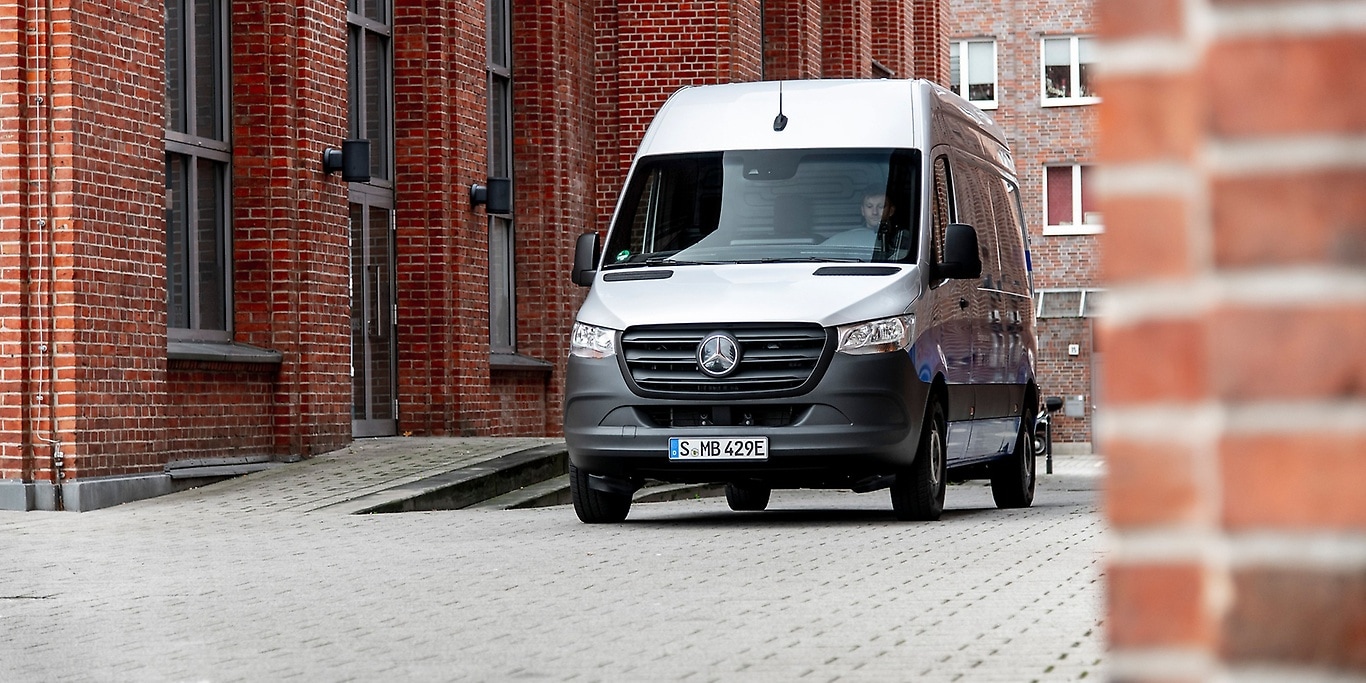Of course Kunz, who is now 59, couldn’t foresee how closely he would be connected from that time on with this large van with the star. In his function as a Team Leader in Procurement, he was occasionally required to figure out how certain Sprinter components could be optimized — but this was just a “marginal” task, he recalls. But that suddenly changed on January 1, 1999, the day he became the head of Product Management for the Sprinter. He has been heavily involved with the van ever since. He’s going to retire in December 2020, after a working life that has revolved around the Sprinter for more than two thirds of its length.
“As the Product Manager, I supported the sales of the second-generation Sprinter from the first brushstroke to the market launch,” he says. He has good memories of his job. “If you’re responsible for the sales of a new-vehicle project, you are the contact partner for a huge number of areas, ranging from customer requirements regarding the vehicle to volume estimation and price structuring,” he says. “That’s a huge responsibility, but it also gives you a vast amount of leeway to shape things. If you’ve got the right team, you can really get things done. And that’s what makes the job so much fun.”




























